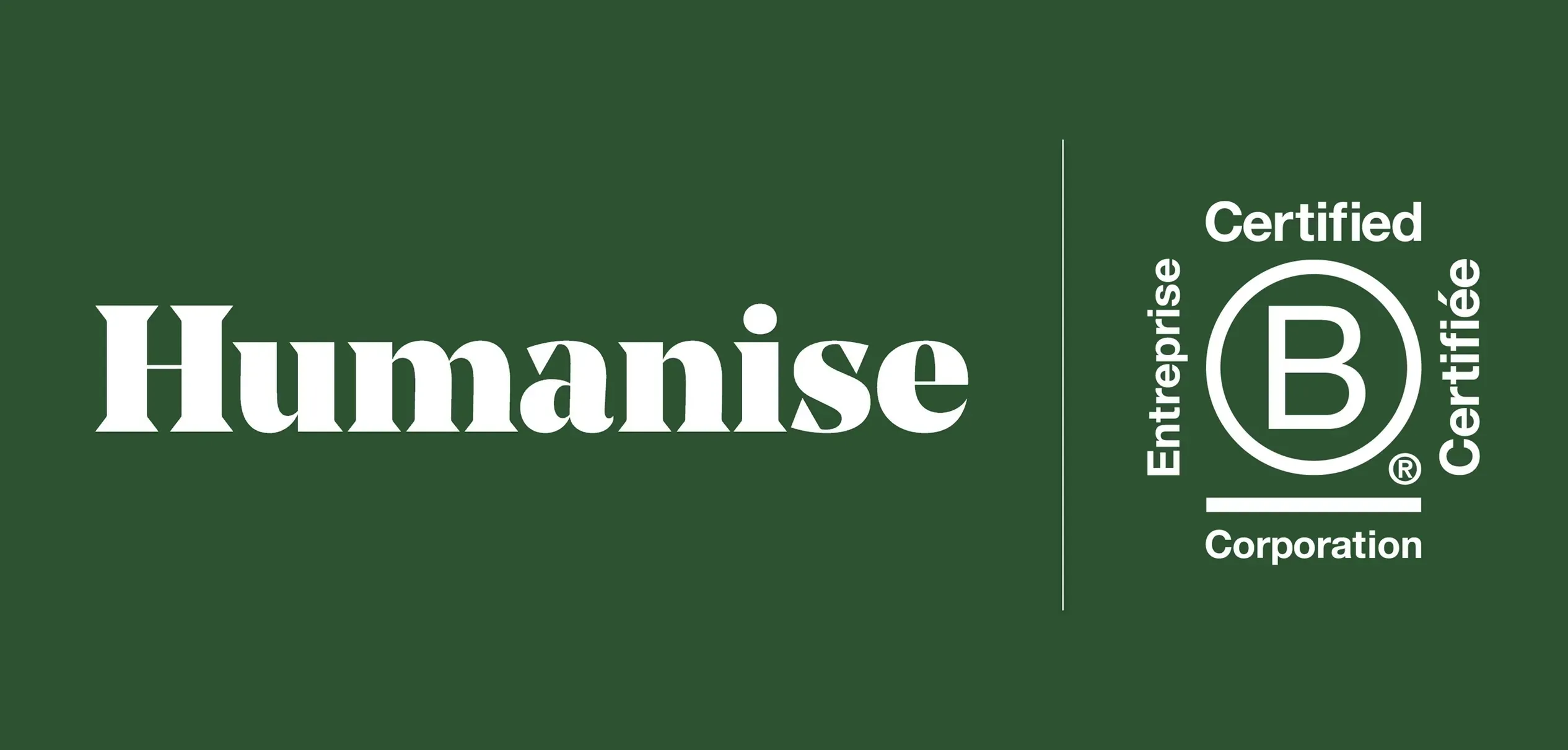
When AI Hijacks Your Logo: Brandjacking at Full Speed
A fake McDonald’s ad. Online shops that vanish after payment. AI-generated logos slipped onto fraudulent invoices. Brandjacking has entered a new era and brands need to move fast.
Last July, more than 10,000 people in Romania thought they’d stumbled onto an incredible deal: a full McDonald’s combo meal for just two dollars. The ads ran on Instagram and Facebook and looked convincing enough, until the fine print revealed a very different story. To claim their “prize,” users had to fill out a quick survey and pay a small fee to unlock what was billed as the final step of a contest. In reality, they had unknowingly signed up for a €63 bi-weekly subscription, buried in terms few people ever read. Cybersecurity firm Bitdefender, which exposed the scheme, confirmed that every detail — from the visuals to the contest mechanics — had been built with generative AI.
And that scam was hardly an exception. In Australia, AI-built “ghost stores” clone the identities of clothing retailers like Blue Illusion and Millers, collecting payments for fake clearance sales. In the B2B space, companies such as Rocklea Truck Spares have their Facebook pages duplicated and their customers tricked with fraudulent invoices. What once targeted only luxury labels now reaches across industries, from global giants to small businesses.
Trust under siege
These scams point to a larger issue: trust. The World Economic Forum, in its Global Risks Report 2025, ranks disinformation and misinformation as the most pressing short-term threats for business.
The numbers tell the story. Research by Integral Ad Science finds that 73% of consumers are less likely to support a brand tied to misinformation. And the rise of deepfakes only deepens the mistrust. According to iProov, nearly half of consumers say they trust social media less once they realize how easily content can be manipulated.
Trust has become a scarce commodity. The Edelman Trust Barometer reports that 88% of consumers see it as a decisive factor in their purchasing decisions. And the erosion of trust doesn’t just play out in perception, it has a financial cost. The European Union Intellectual Property Office estimates that counterfeiting drains €83 billion annually across 11 industries. Every fake chips away at the value of the original and normalizes the idea that anything can be copied.
Regulate, don’t retreat
When faced with risks like these, some might be tempted to slow innovation. That instinct misses the point. The challenge isn’t to retreat but to regulate.
Web 3.0 already offers tools that can help. LVMH, Prada and Cartier created the Aura Consortium to build a shared blockchain solution. Breitling has issued more than 200,000 NFTs as certificates of authenticity. Linked to an NFC chip or QR code, these “digital passports” verify a product’s origin, streamline warranty management and add value to the customer experience.
But NFTs only go so far. They show who owns the token, but they can’t guarantee that the image or video linked to it hasn’t been altered. This gap is known as the “oracle problem.” Without a trusted third party to validate data before it’s recorded, fraud can be permanently locked into the blockchain.
New standards are emerging to close that gap. The C2PA (Coalition for Content Provenance and Authenticity) cryptographically signs digital assets at creation, making any later change immediately visible. Leica and Nikon already embed it in their cameras, while platforms such as Google and TikTok are exploring it too.
Turning risk into opportunity
Protecting brands in the age of AI takes balance. Technology alone isn’t enough. Human oversight and independent platforms that can act as trusted referees are just as important. This is not only a cybersecurity issue – it’s a matter of governance and long-term strategy.
Handled the right way, the very tools that fight fraud can also strengthen brands. Digital passports, signed content and provenance standards can double as marketing and engagement drivers. A simple QR code can reassure a cautious customer while also unlocking exclusive experiences or communities.
Today, the value of a brand is no longer defined by a logo or a product alone. It rests on the trust it inspires. And with the right guardrails, innovation can turn that trust into a powerful engine for growth. The real question, then, is where to begin. This is the kind of reflection we lead with our clients at Glassroom. Because in the age of brandjacking, protecting a brand’s integrity is no longer optional, it is a competitive advantage.
Explore more
See all
5 Ways to Reinvent Your Content Strategy (And You Won’t Believe #4!!!)

Our secret weapon for insight and alignment: The Structural Mapping Process

Humanise Collective becomes a B Corp
A new chapter in how we commit and keep getting better.
